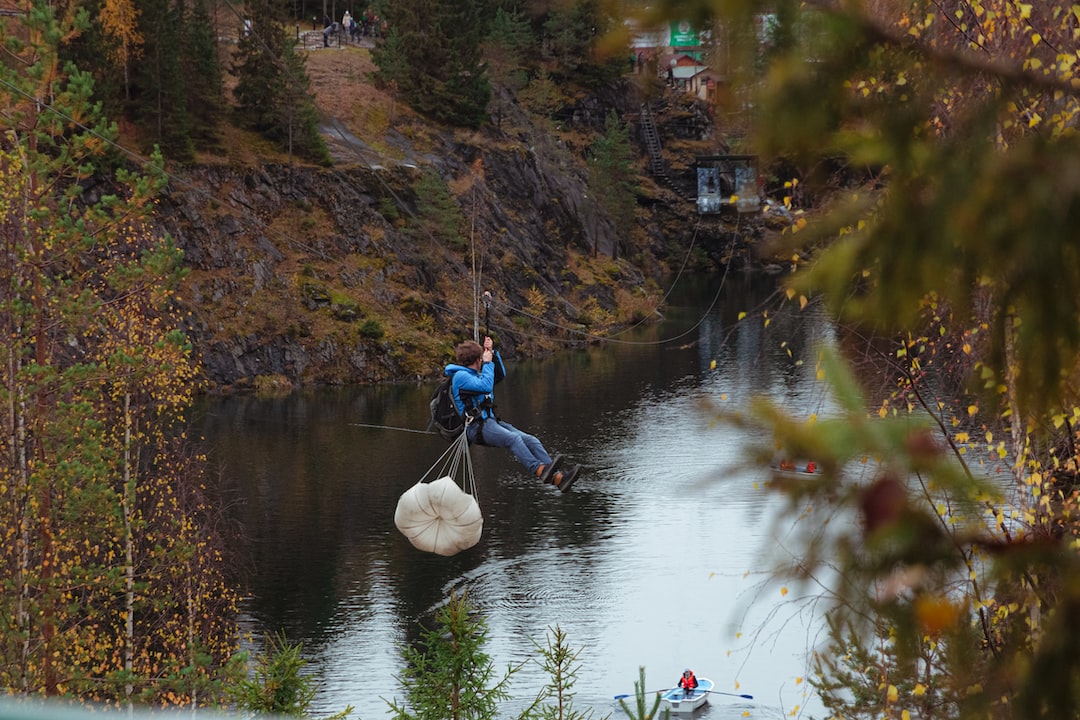The Evolution of Comedy: From Silent Films to Stand-Up Specials
Laughter has been a universal language that has transcended time and culture. From the ancient Roman theater to the slapstick comedy of silent films, comedy has continually evolved and adapted to new mediums, sparking joy and providing much-needed entertainment along the way. In this blog post, we will explore the evolution of comedy from its earliest forms in silent films to the modern-day stand-up specials that dominate our screens.
Silent films, popularized in the early 20th century, were filled with slapstick humor and physical comedy. The likes of Charlie Chaplin, Buster Keaton, and Harold Lloyd brought laughter to audiences through their incredible physical performances. Their ability to use their bodies to convey humor without the need for dialogue was truly remarkable. The simplicity of their humor showcased the power of physical comedy as a universal form of communication, able to transcend language barriers and bring joy to people across the globe.
As technology advanced, so did the medium of comedy. The emergence of sound in films revolutionized the way humor was portrayed on screen. The introduction of dialogue and witty banter opened up new opportunities for comedic timing and punch lines. Legendary comedians such as the Marx Brothers and Laurel and Hardy utilized this new medium to deliver their hilarious one-liners and clever wordplay, entertaining audiences with their quick wit and comedic timing.
The advent of television brought comedy into the living rooms of families around the world. Comedy sitcoms like “I Love Lucy” and “The Honeymooners” became household names, paving the way for the stand-up comedy specials we enjoy today. These television shows provided a platform for comedians to showcase their talents in front of a live audience, honing their craft and perfecting their comedic timing. Viewers could now watch their favorite comedians perform their routines without leaving the comfort of their own homes.
The rise of stand-up comedy in the 1970s and 1980s marked a new era in comedy. Comedians like George Carlin, Richard Pryor, and Eddie Murphy pushed the boundaries of acceptable humor, tackling politically charged topics and challenging societal norms. Their audacity to speak their minds and use comedy as social commentary revolutionized the genre, bringing laughter and thought-provoking observations to a whole new level.
With the advent of the internet and streaming platforms, comedy has taken on a new form once again. Comedians can now reach global audiences with their stand-up specials, bypassing traditional media gatekeepers and connecting directly with their fans. Netflix, Amazon Prime, and HBO have become hotbeds for stand-up comedy specials, giving comedians the freedom to experiment with their sets and bring their unique perspectives to the forefront. As a result, we have witnessed an explosion of diverse voices in comedy, with comedians from different backgrounds and experiences sharing their stories and making us laugh.
In the modern era, comedy has become intertwined with social media. Platforms like Twitter, Instagram, and TikTok have provided comedians with bite-sized opportunities to showcase their talents and gain a following. Memes and viral videos have become sources of laughter for millions, with comedy being consumed and shared at lightning speed across the internet. The democratization of comedy through social media has allowed for a wider range of voices to be heard, providing opportunities for up-and-coming comedians to break into the industry.
Despite the ever-changing landscape of comedy, one thing remains constant – its power to bring people together. Whether it’s through the shared experience of watching a comedy special or the joy of laughter in a crowded theater, comedy has the unique ability to unite people from all walks of life. It is a testament to the human experience, reminding us to find humor in our everyday lives and to not take ourselves too seriously.
In conclusion, the evolution of comedy from silent films to modern-day stand-up specials has been a journey of laughter, innovation, and social commentary. From the physical humor of silent film stars to the bold and provocative routines of stand-up comedians, comedy has continually adapted to new mediums and pushed the boundaries of what is deemed acceptable. As we continue to navigate the future, one thing is certain – comedy will always find a way to make us laugh and bring joy to our lives.

